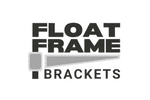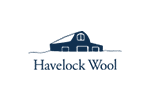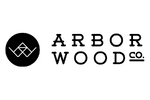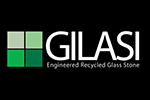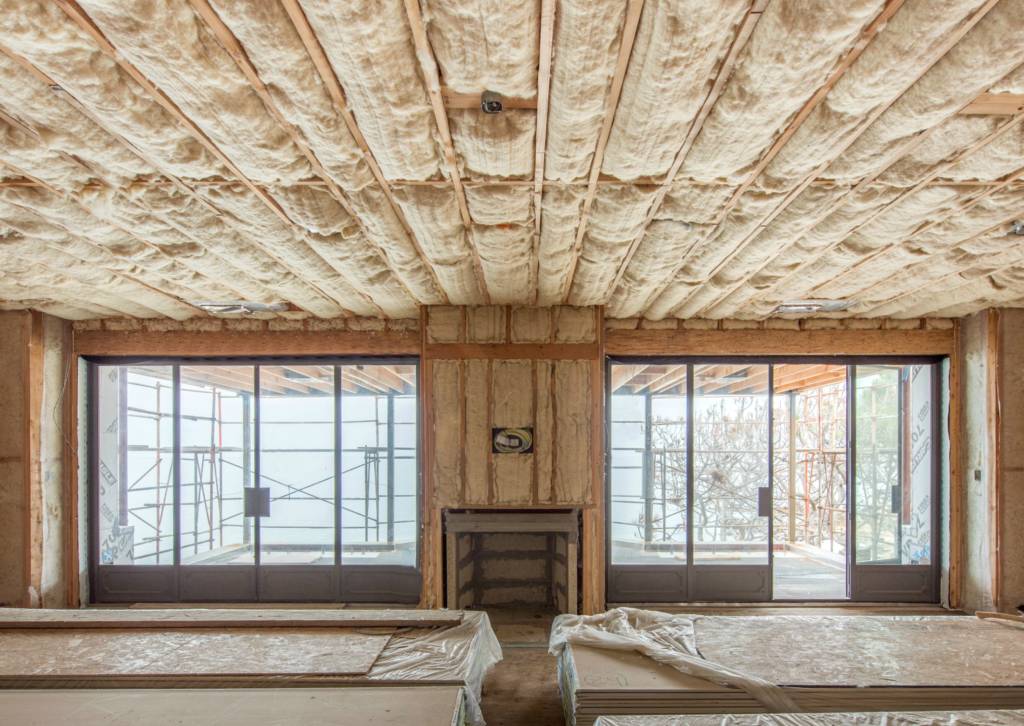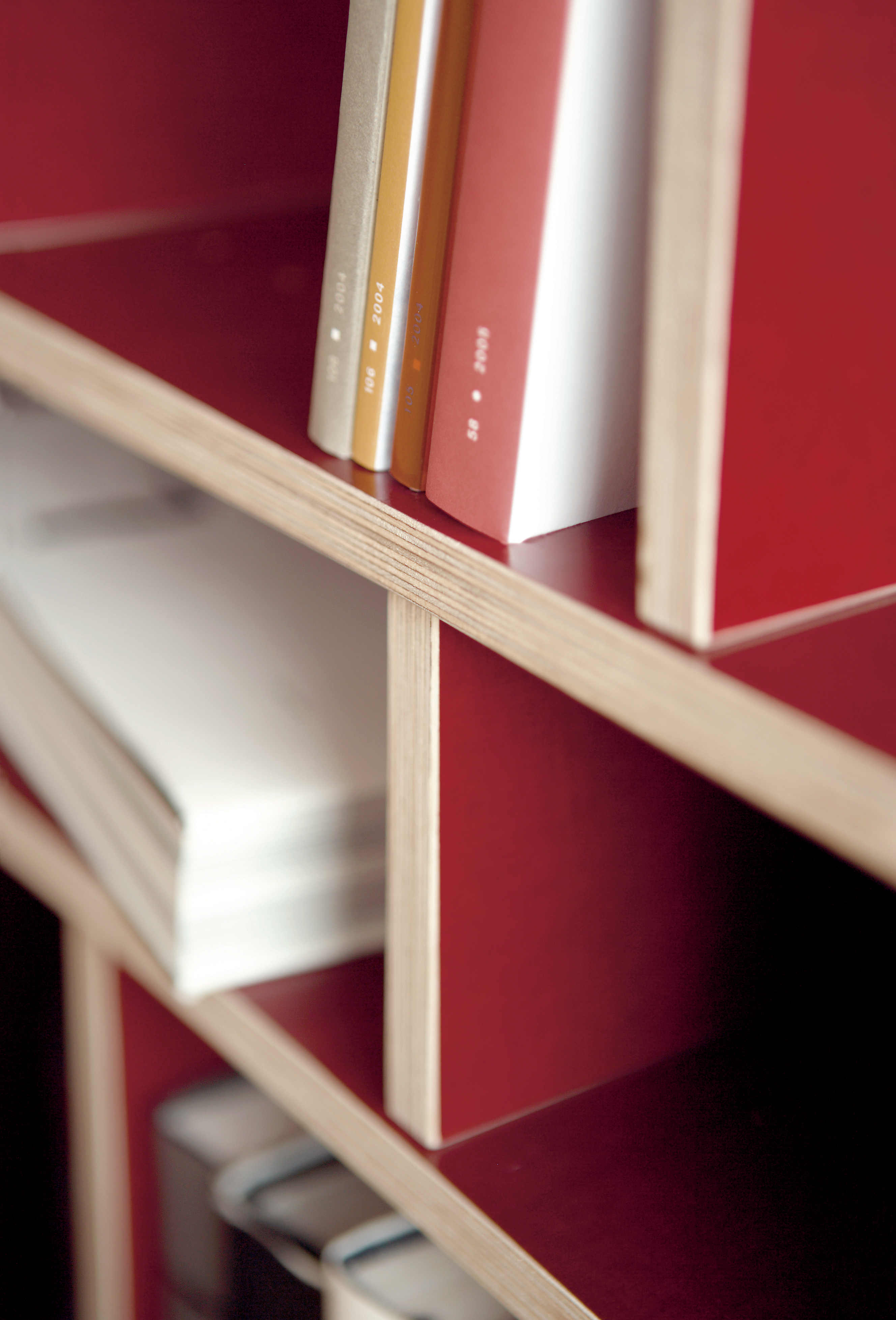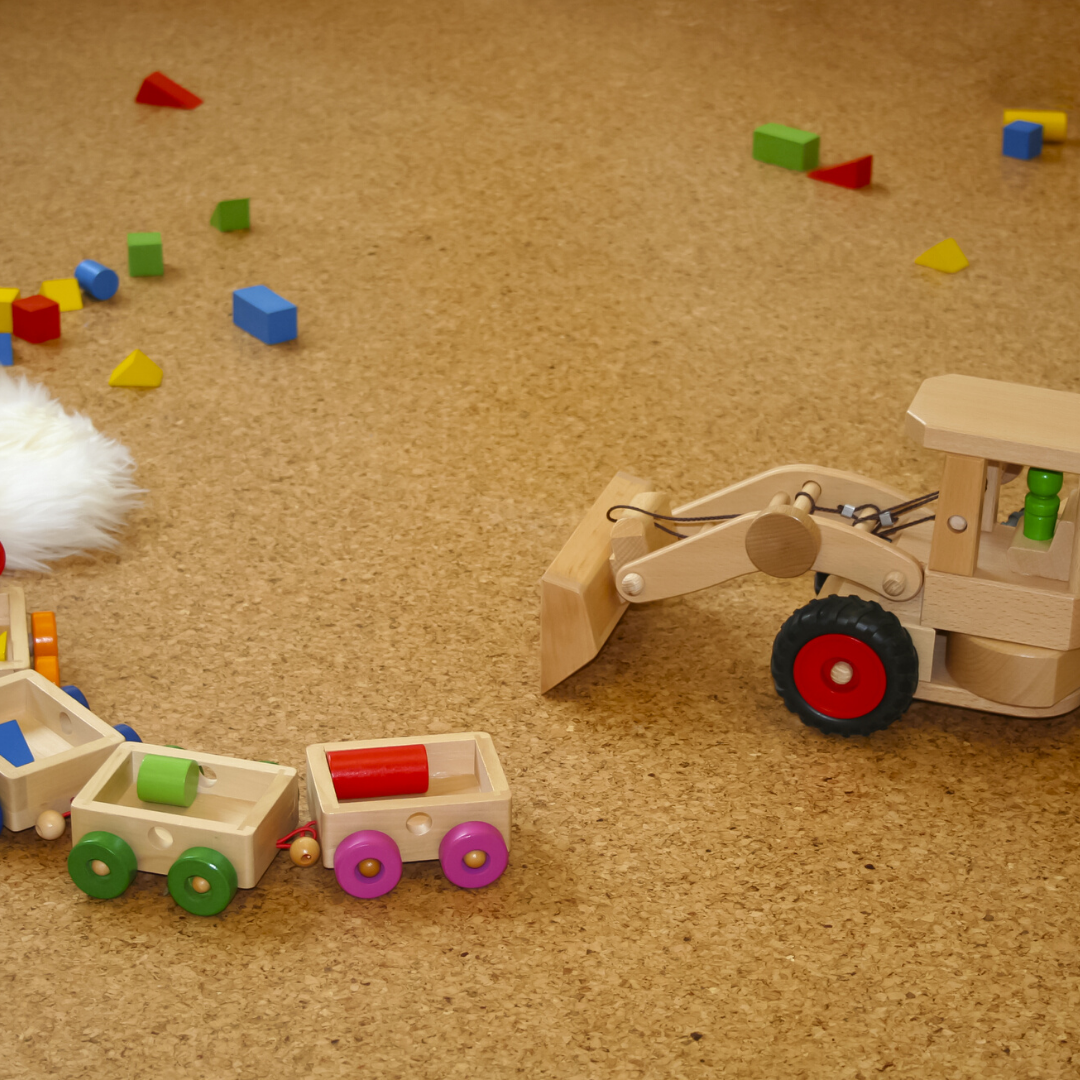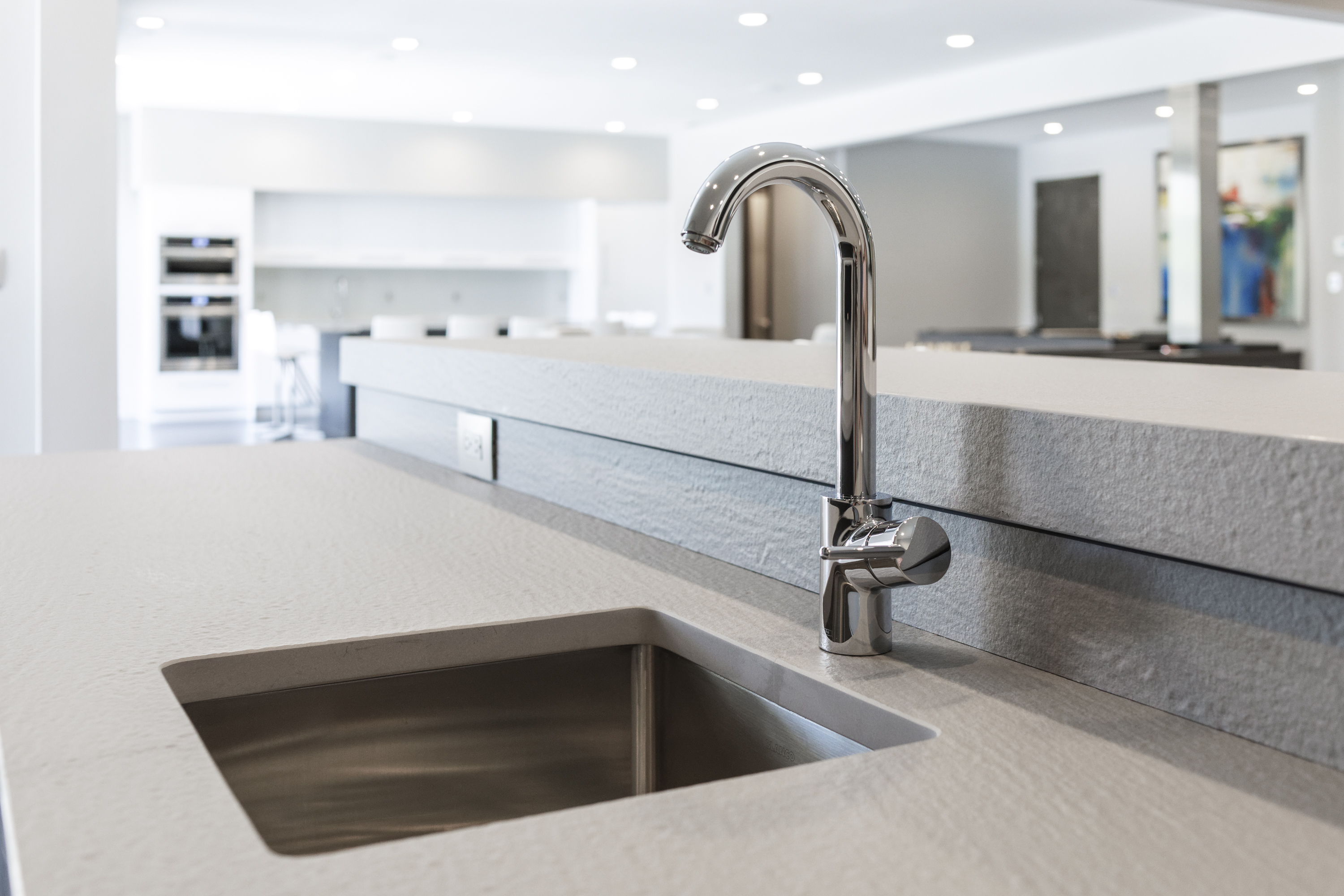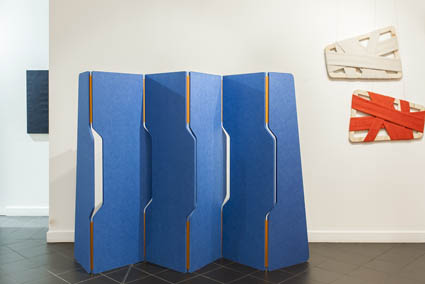Home is where the health is.
Healthy Home always meant clean and green. Not building with things that were bad for the environment. Not bringing in material that we’re going to emit or cause air quality issues.
A healthy home was something you built from the outset and was a one time deal.
Now, a healthy home is one that keeps you safe WHILE you are coming and going and engaging with the outside world.
The outside world became the enemy for a while and while things will tamp down, there is no guarantee that things will return to the way they were. The way we view our home as a safe oasis will have to change. It is not only a place for our families and private routines — it’s our home, our gym, our movie theater, our restaurant, and home office. When we frequented these public spaces in the past, the responsibility to create a healthy, safe, and beautiful environment was on them. But now, as we continue to expand the definition of what a home means to us, the responsibility is ours.
So how do we do it? How do we ensure that our home is a comfortable and healthy environment to live, work, and play? As “healthy home” takes on a brand new definition, new requirements will come into focus:
Air Quality

Pictured here: Havelock wool insulation in a residential home
While air quality was already a concern for many, the question “What’s in your wall?” has emphasized importance in our post-COVID world. It’s no secret that fiberglass pink foam and other chemical insulators are bad for the respiratory system as well as the environment. Healthier insulation alternatives like Havelock Wool go beyond non-toxic material – the amino acids in wool irreversibly bond with formaldehyde, NOₓ, and SO2 on a molecular level, ultimately working to filter the air and improve indoor air quality. Wool also naturally suppresses the spread of mold and mildew. Whether it’s wool insulation, more windows, r improved ventilation systems, the redesign will be more mindful of air quality and how it impacts human comfort and health.
Storage

Pictured here: Koskisen shelf in pink
From sunup to sundown, our rooms now undergo several iterations: first a gym, next a home office, sometimes a yoga studio, and then a multi-media entertainment center. These transitions weren’t seamless at first: where do we store our multitude of multipurpose items? No one on your Zoom call wants to stare at your sweaty yoga mat, nor is it easy for you to focus when your periphery is flooded with miscellaneous, and, at the time, irrelevant items. This is where storage will come in. Homes, whether big or small, will be built with storage in mind. Tiny homes, with their minimal square footage, are known for their clever storage capabilities. As the home becomes a catch-all space, we will find new and creative ways to stow and transform our rooms as we go about our day.
Comfort

Source: Canva
We’ve quickly learned that perching on the couch with a laptop is the fastest way to a sore neck. Previously, comfort in our homes was optimized for, well, homey purposes: sleeping, lounging on the couch, eating a meal. But work is a different animal. Sitting in one spot for up to 8 hours requires a very particular kind of comfort. Desks will no longer be ornamental fixtures and catch-alls for clutter. They need to be functional. They need to be at the correct height. And, if we want to keep visual comfort in mind (and we should), they need to be beautiful. Underfoot comfort will come into play too. Cork flooring, known for its thermal comfort and underfoot comfort, is also easy to clean and hypoallergenic – a perfect healthy alternative to carpet for those with allergies or pets.
Health-conscious surfaces

Pictured here: Lapitec countertop on Dune finish
Aesthetics have always been important, but with increased use and rising health concerns, the function of our surfaces will be of greater importance. Our countertops and workspaces need to be easy to clean: that means using materials that were created with health in mind. Take Lapitec for example, a low-to-no-silica surfacing material with baked-in titanium dioxide, a mechanism that uses natural light to help kill bacteria. Cutting-edge materials like EOScu, an inherently biocidal surface made from copper. Seamless solid surfaces like Durat will come into play, leaving little to no space for dirt and grime to accumulate. Both attractive and functional, savvy consumers will look to these modern surfaces to make their home a healthier place.
Sound Control

Pictured here: Kirei Platoon Partition
Okay. So we have good air quality, a desk we actually want to work at, and a living room with enough room to roll out your yoga mat and get a little zen in. But hey – what’s that noise? It’s the sound of your kids fighting over the Nintendo Switch or your significant other on their daily zoom call. Namely, it’s the sound of poor acoustics. Sound loves to bounce off of walls, hardwood floors, and surfaces. To meet all of our daily needs (and stay sane), acoustics will become a bigger factor in design. Once relegated to only commercial applications, acoustic solutions like partition screens, wall tiles, and fabrics now seem like the perfect finishing touch to a home office or bedroom.
We've always been committed to materials that help you design and #createbetter, and we'll continue to help make homes and commercial spaces as healthy as possible. To learn more about our products, schedule a virtual product introduction: www.caragreen.com/education



